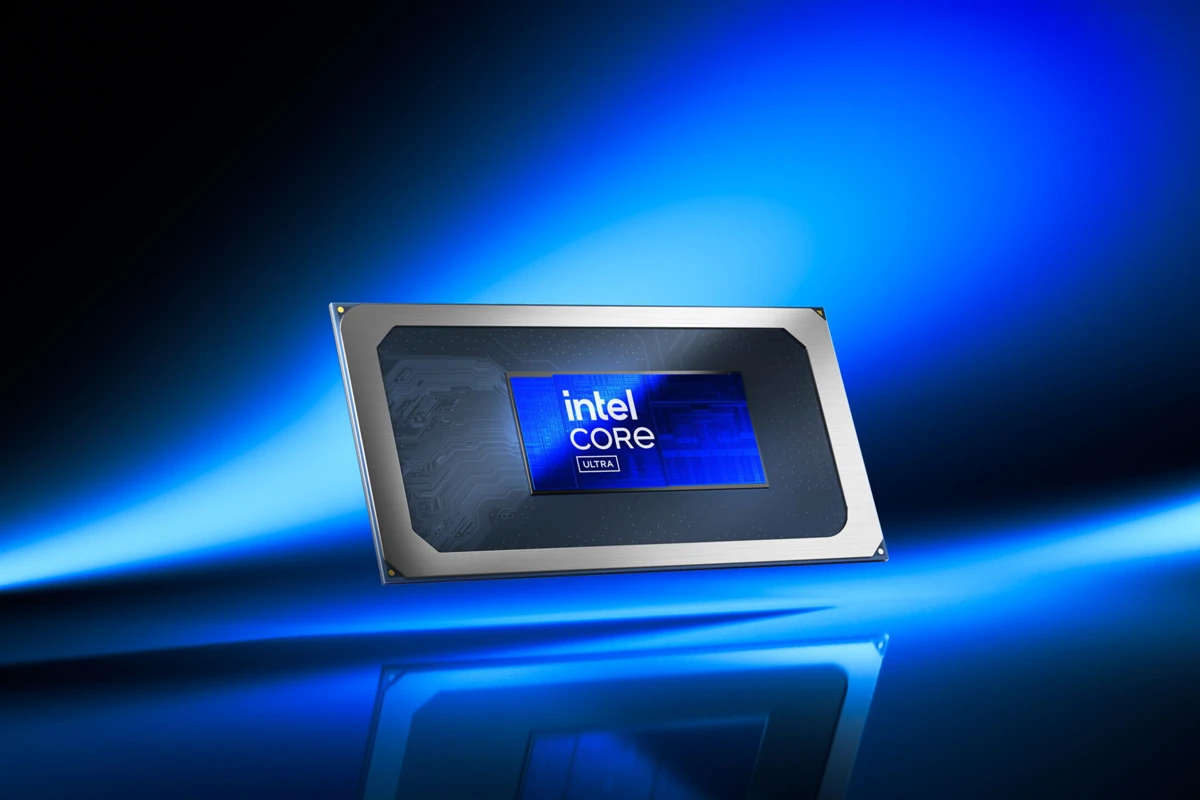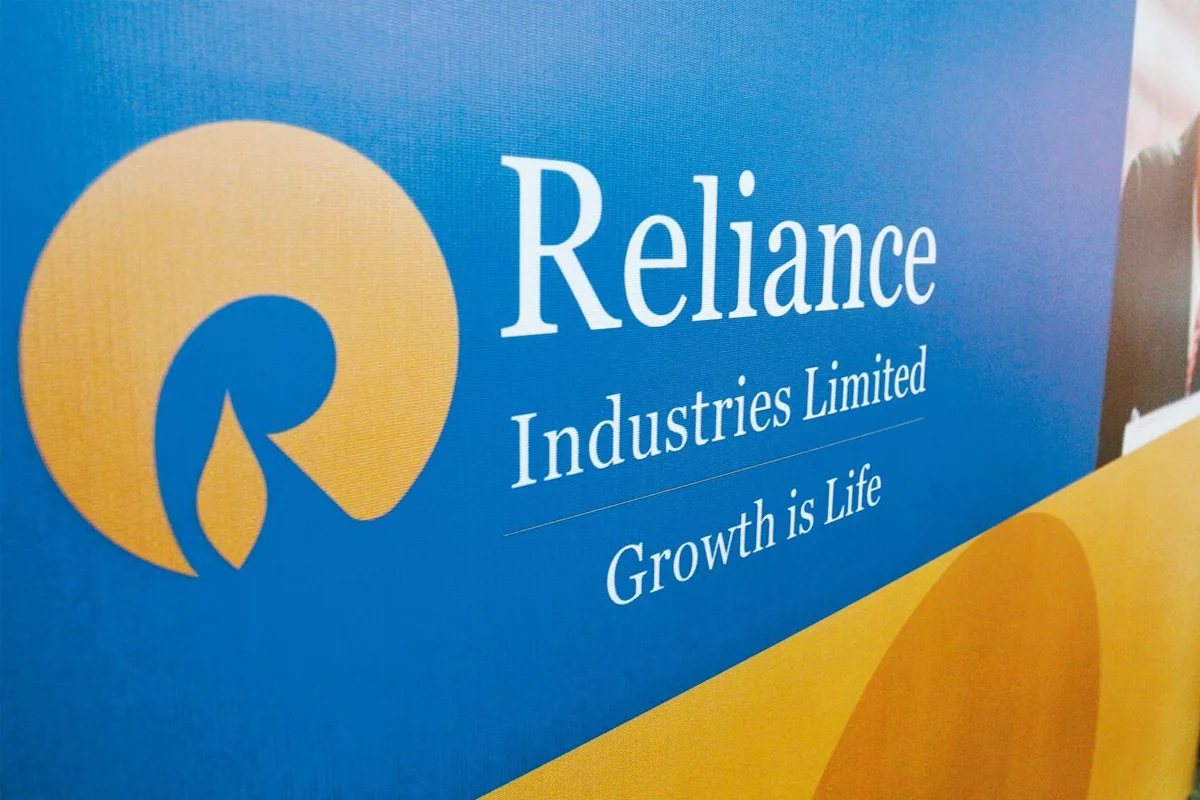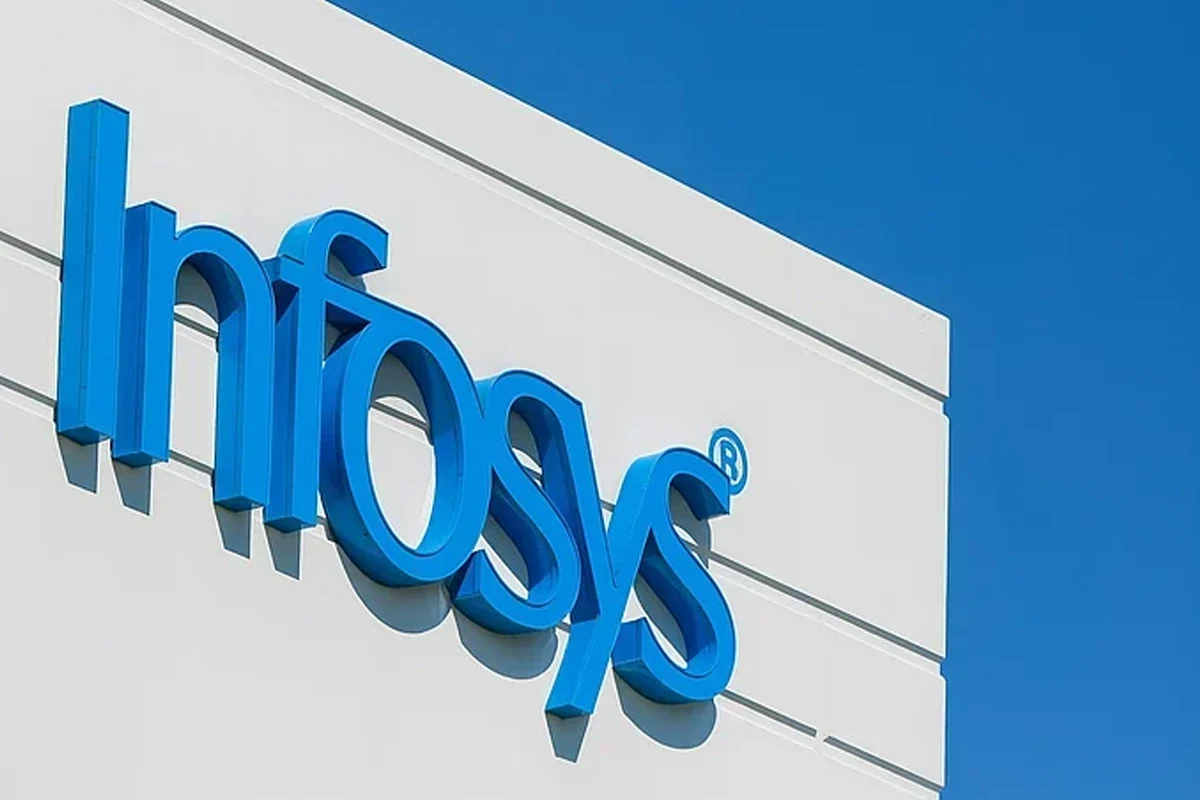Trump Administration’s Stake in Intel: Building a US Chip Empire
The combination of technology and politics often creates controversy, but the situation that is developing now shows that these two could join hands to create a new history. The Trump Administration is reportedly in serious talks about taking a stake in Intel Corp. This step is not just a financial move but a major effort to regain its dominance in America’s chip industry. Intel, which was once the king of the chip world, is now looking at a new deal with the White House to regain its lost glory.
Trump Administration’s Talks with Intel: Politics Meets Business
According to Bloomberg sources, the Trump administration is in discussions with Intel in which the US government can take a direct stake in the company. The biggest benefit of this deal will be reviving Intel’s Ohio factory project. This is the same plant that once promised to become the “world’s largest chipmaking facility” but has not been launched yet due to repeated delays.
Interestingly, these talks are happening immediately after President Trump publicly criticized Intel CEO Lip-Bu Tan over his alleged China connections. But if this deal is finalized, it will mean that Tan will remain in his position.
Direct Government Intervention in Tech Sector
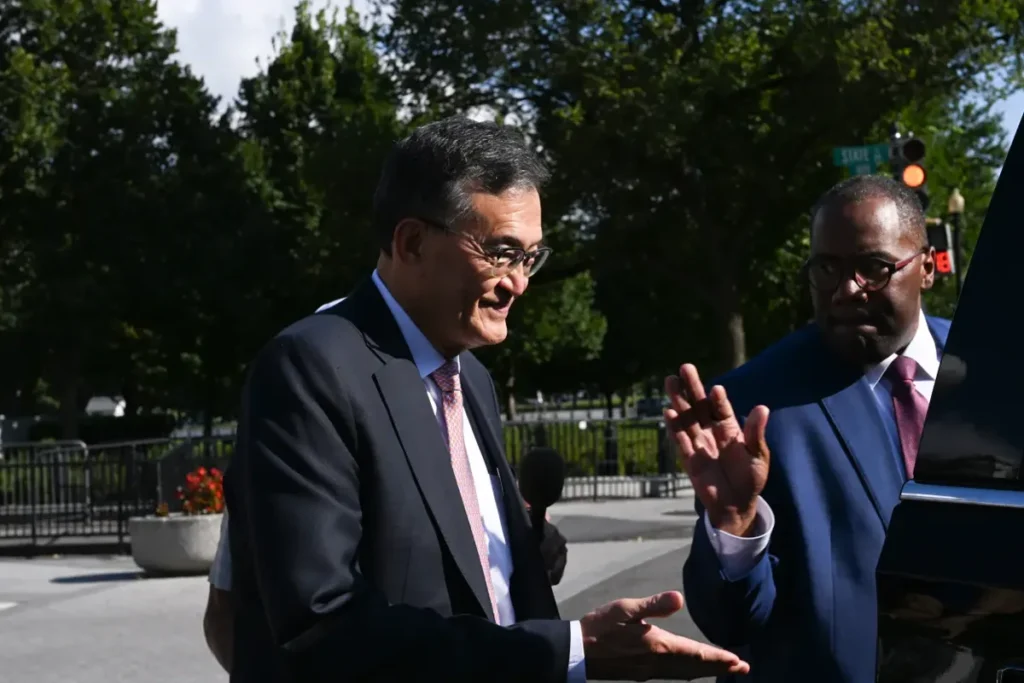
This move by the Trump administration is not the first time it has intervened directly in a key industry. It previously took a “golden share” in US Steel and a $400 million preferred equity stake in MP Materials Corp., making the Pentagon its largest shareholder. This strategy is setting a new trend in which the government is providing equity investments, guaranteed purchases, and financial backing in its strategic sectors to build investor trust and grow domestic champions in the name of national security.
In Intel’s case, such a deal would not only stabilize the company’s finances but also put US chipmaking capability in a strong position against China.
Intel’s Financial Struggle and Ohio Plant Delays
Intel was once a pioneer of the chip industry, but in the past few years the company has faced market share losses and technology gaps. The Ohio expansion was presented as a comeback plan under Pat Gelsinger’s leadership, but due to financial woes the project was delayed until the 2030s. In July, the company announced that the project would be slowed further.
Since Lip-Bu Tan became CEO, the focus has been mainly on cost-cutting and financial restructuring. Intel was supposed to get the most funding under the 2022 Chips and Science Act, but there has been uncertainty in this policy under the Trump administration.
Chip Empire Strategy: More than Just Intel
Trump’s goal does not seem to be to just save Intel but to build a larger “chip empire.” Taking a 15% revenue share from Nvidia and AMD for China sales, Apple’s commitment to manufacturing chips in the US, and the possibility of a joint venture with TSMC—all indicate that the White House wants to create a chip superpower hub within itself.
The political angle to this strategy is also clear. Ohio, where Intel’s mega plant is being built, has become a political battleground. Trump has won here in all his elections, and this state is crucial for Republicans for the upcoming Senate elections.
Intel Shares Surge After News
Intel shares surged sharply after the Bloomberg report, closing 7.4% higher and rising another 4% in after-hours trading. Market experts believe that if the government stake is officially announced, it will significantly improve Intel’s long-term prospects. White House spokesman Kush Desai called this speculation a mystery until there was official confirmation, but market sentiment was clearly positive.
National Security and Economic Goals Together
The main justification of the Trump administration is national security. Domestic production of advanced semiconductors is not just an economic move but is essential for US defense and tech independence. Global leaders like TSMC and Samsung keep plants in the US, but they are foreign companies. Intel is the only American-born company that can make the most advanced chips, so reviving it has become a strategic priority.
Conclusion
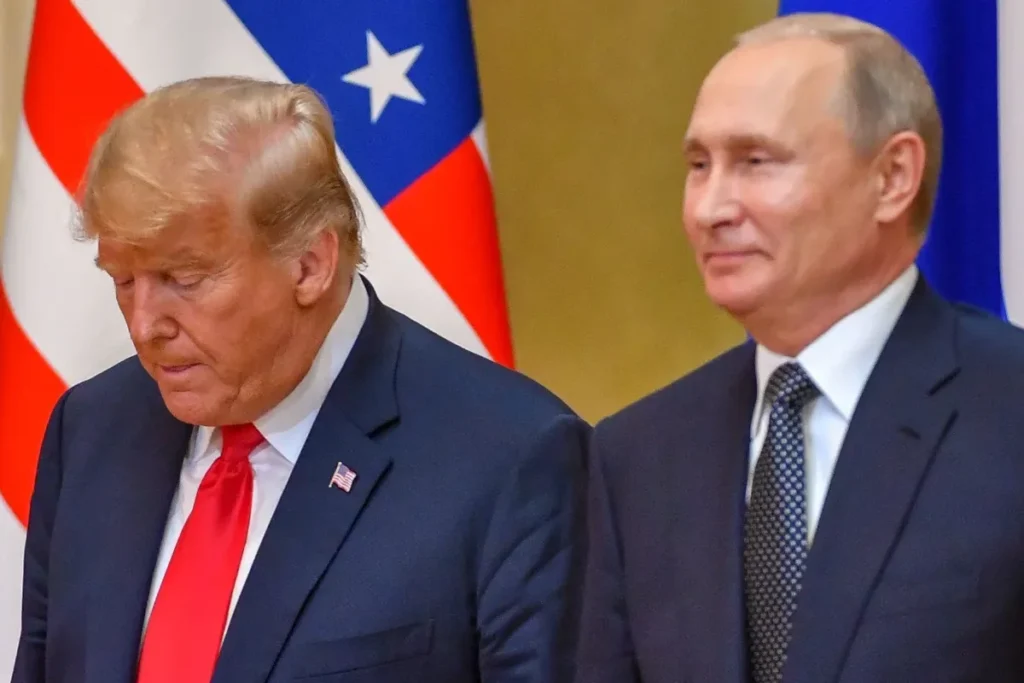
The Trump Administration’s stake in Intel’s discussions could seem like a bold and risky step, but its potential outcomes could be huge. The deal could ease Intel’s financial crisis, give a boost to US semiconductor ambitions, and set up a precedent where government and the private sector become direct partners in strategic industries. But everything is still at the speculation stage, and the final decision will depend on a complex mix of political and economic factors.
Disclaimer:
This article is for informational purposes only. The details given in it are based on public reports and reliable news sources. We do not support or oppose any political party or individual. Market investments are risky, so consult your financial advisor before taking any decision.
Also Read
Paramount Skydance Stock Soars 32% After Merger & $1.1B UFC Deal – What’s Next?
